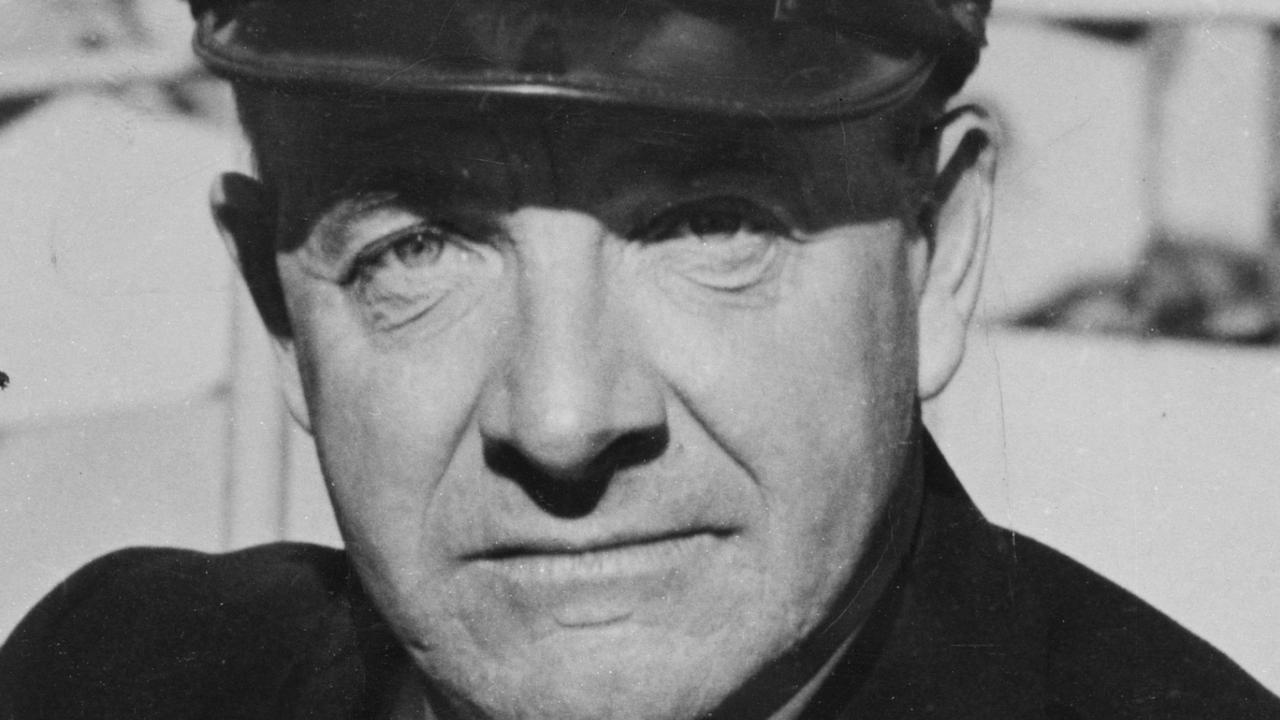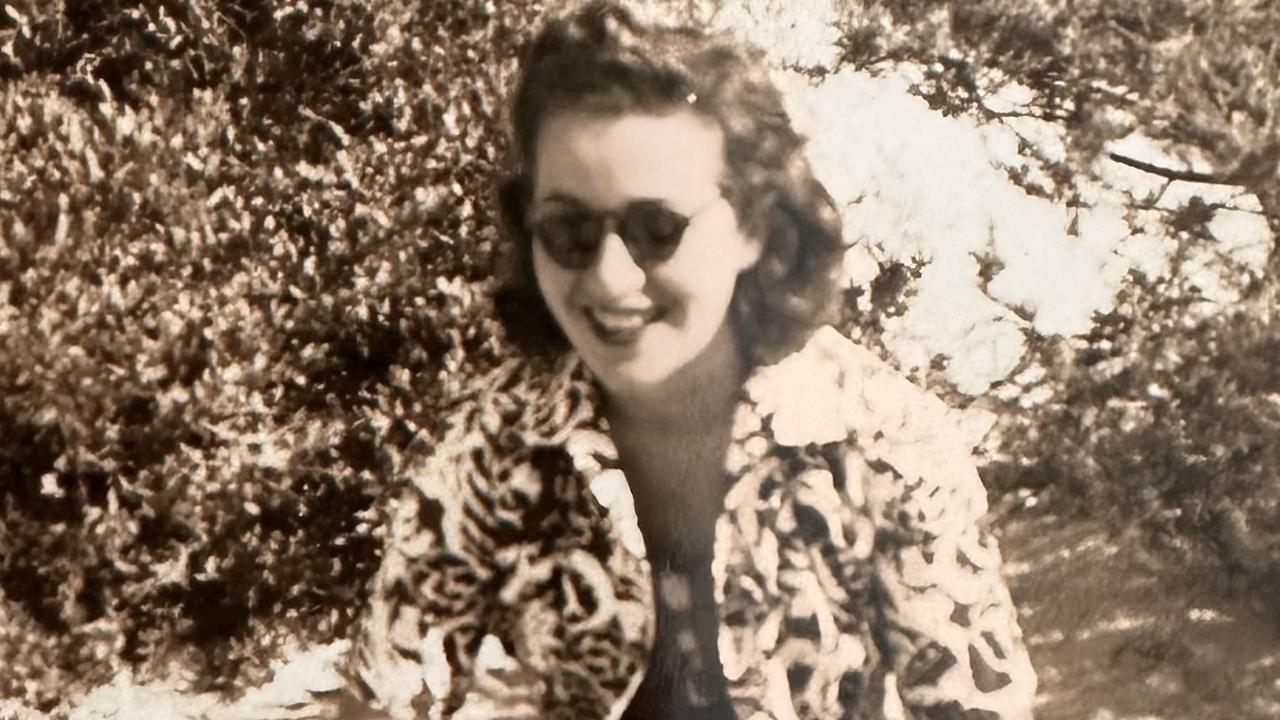Pioneer Sheila Kitzinger helped women reclaim control of birth
When childbirth became an increasingly medicalised event in the 20th century, one woman came along to take control away from the doctors and give it back to the parents.

Today in History
Don't miss out on the headlines from Today in History. Followed categories will be added to My News.
In the 1960s childbirth in developed countries was regarded as a medical procedure. It was performed in a surgical theatre with a doctor controlling the process. Typically the father waited outside while the mother, usually drugged to the eyeballs for the pain, was attended by a surgical team as if she was suffering some illness.
Then along came social anthropologist Sheila Kitzinger to help inspire a fundamental change in thinking.
Kitzinger, who died on April 11, believed women should have more choice about how they gave birth, that husbands should be more involved and that it should be a joyful, normal life event rather than a medical procedure. She advocated home births and suggested women embrace the pain of childbirth as a rite of passage.
But while she helped to humanise birth, her campaigns and writings were not without controversy. She was criticised by some for making women feel inadequate if they didn’t revel in the process of giving birth, if they took something to alleviate the pain or if they agreed to obstetric intervention.
Many also found her ideas excessive or eccentric and believe she contributed to the politicisation of birth and breastfeeding.
She was born Sheila Helena Elizabeth Webster in Taunton, Somerset in England in 1929, in a thatched cottage. Her father Alexander was a tailor and her mother Clare a midwife who was also a birth control campaigner, free thinker and radical feminist.
After initially training to teach drama, Sheila went to study social anthropology at Oxford, where she met her future husband Uwe Kitzinger, a German refugee destined for a career as an academic and diplomat. They married in 1952 and Sheila continued to do research and teach at the University of Edinburgh.
Following her husband to France when he was posted there as a diplomat, it was while she was in Strasbourg giving birth to her first child, Celia, in 1955 that she had a revelation. With only a choice between a local Jewish hospital or a Catholic one, she decided to give birth in the more familiar surroundings of her home.
While other people in their social circle thought she was acting like a “primitive woman” or a “peasant in the fields” she recalled that when her contractions started she revelled in the feeling of knowing exactly what to do.
“I realised that my body was perfect for it (childbirth).”
She had been an overweight child who was always relegated to goalie in hockey games at school, because she wasn’t very good at sport, but she suddenly realised when it came to childbirth “this was a sport I could do”.
Four more daughters followed — twins Tess and Nell, Polly and Jenny. As one of the people who helped found the Natural Childbirth Association in 1956, which later became the National Childbirth Trust (NCT), Kitzinger was aware of the prevailing attitude to childbirth as something that should be endured behind closed doors. She came to feel society didn’t value this special time highly enough.
Even her free-thinking mother disagreed on some points. On once seeing her openly breastfeeding Celia she told her this was something that should be done in private. It was after her third home birth that Kitzinger decided to write a book detailing some of her ideas and raising awareness about many of the hidden aspects of childbirth.
The Experience Of Childbirth was first published in serialised form in a Sunday newspaper before being released as a book. Her views found a receptive audience of women who opened up to her about their own childbirth experiences. The book raised her profile and make her a sought-after public speaker and lecturer around the world. She made several trips to Australia and earned an MBE for her work in 1982.
Many of her subsequent books were surrounded by controversy. The Good Birth Guide (1979) caused a split with the NCT.
Kitzinger went on to write more than 20 books, many of which are still in print.
An autobiography A Passion For Birth: My Life: Anthropology, Family And Feminism will be published later this year.
Only one of her daughters, Tess, had a child, opting for a water birth. It prompted Kitzinger to write a book on being a grandmother. When three of her other daughters came out as lesbians, Kitzinger was characteristically accepting. Celia is a passionate advocate for same-sex marriage.
Battling cancer, it is said Kitzinger was drinking champagne and eating chocolates in the days before she died, knowing the end was near. She is survived by her husband, four daughters and grandchild.
Originally published as Pioneer Sheila Kitzinger helped women reclaim control of birth


